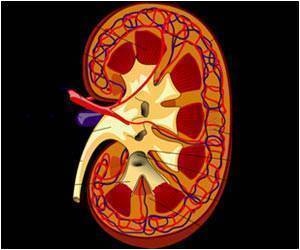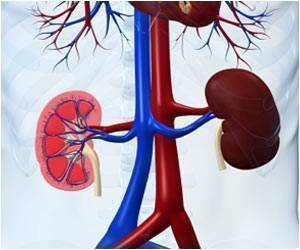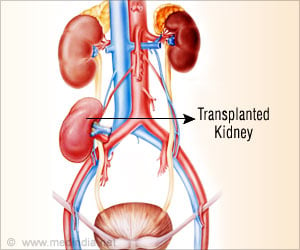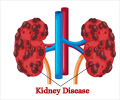A virtual nephron was developed using a software program called CompuCell3D. The computer model simulated cell activity and revealed two types of cysts.

‘The virtual tissue technology confirmed the existence of two types of cysts in polycystic kidney disease.’





The study appears in the journal Molecular Biology of the Cell. It reveals that errors in how cells stick together give rise to two forms of kidney cysts. These cysts can cause an adult kidney -- normally about the size of a fist and weigh less than a pound -- to grow to the size of football that weighs 20 to 30 pounds. Currently, only dialysis or a kidney transplant can delay death from the disease.
"This is the first study to show the actual cell behaviors caused by mutations in genes causally linked to polycystic kidney disease, an important new step in the path towards treatment," said Dr. Robert L. Bacallao, associate professor of medicine at the Indiana University School of Medicine in Indianapolis.
The technology used in the study was developed by the Biocomplexity Institute at the IU School of Informatics and Computing, directed by James A. Glazier, professor in the IU Bloomington Department of Intelligent Systems Engineering. Julio Belmonte and Sherry G. Clendenon of the Biocomplexity Institute are the primary authors of the paper.
"Not many medical researchers are employing virtual tissue technology," Glazier said. "The majority of researchers who use these simulations are pursuing basic science. So it's extremely exciting to apply the technology to research directed at identifying drug targets to help people suffering from a specific disease."
Advertisement
The simulations revealed that two types of changes to the cells in these nephrons can result in cysts, both related to how cells stick together. Cells can fail to stick together sufficiently, referred to as reduced cell adhesion, or they can stick together normally but not respond in the correct way to that contact, referred to as a loss of contact inhibition.
Advertisement
After running the simulations at IU Bloomington, Bacallao confirmed the cyst growth predictions seen in the virtual cysts in experiments using real human cells cultivated from polycystic kidneys from patients at the IU School of Medicine.
"The computer predictions were absolutely correct," said Bacallao, who estimated that the same experiments, which took several weeks, would have required 10 to 20 years to conduct in mice.
The study is also the first to confirm the existence of two types of cysts in polycystic kidney disease. The only previous reference to two types of cysts appeared in a largely forgotten description of the dissection of polycystic kidneys in 1972, Bacallao said.
"Now that we know that we're looking at two different types of cyst that develop in two different ways, we will refine the computer modeling to identify the specific molecular signals leading to each type of cyst," Glazier said. "Identifying this mode of action is a key step toward finding a drug treatment to delay or prevent cyst development."
Source-Newswise















